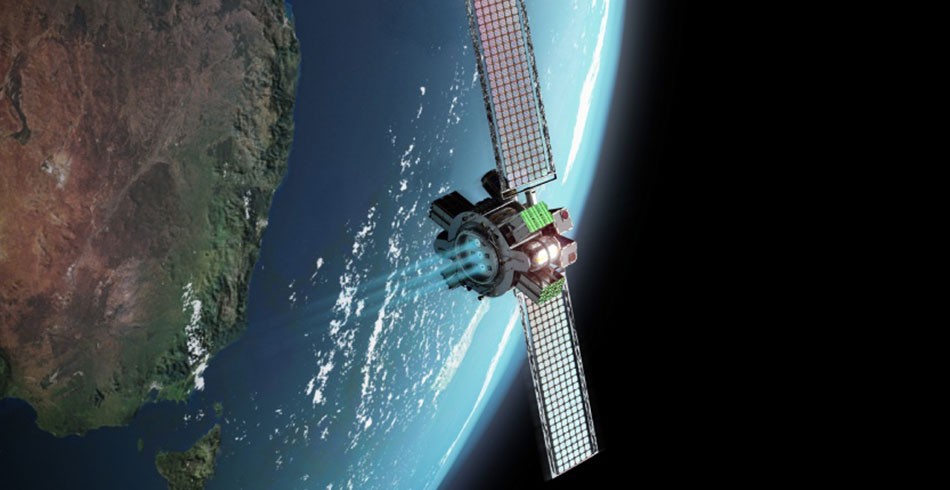Australian in-space transportation provider Space Machines Company (SMC) and Australia’s national science agency CSIRO are partnering to test an Australian flexible solar cell technology in space.
It will be the first time CSIRO’s printable solar cells have been tested in space. The agency will test its next gen solar cells on SMC’s spacecraft Optimus-1, to be launched next year by Gilmour Space Technologies.
Related article: NASA to study ‘Earth-sized electric generator’
“We will collect data from this mission to explore new applications of our technology,” CSIRO principal research scientist Dr Mei Gao said.
“Solar films are about making solar energy more accessible, on earth and in space.”
Developing Australian in-space solar technology is crucial for the country’s sovereign space capability and the growth of the local space industry. Solar is the primary energy source in space, but space-graded rigid and foldable solar panels, the main alternatives today, are heavy and extremely expensive.
In addition to the cost, the current space solar technology is dominated by countries with a well-developed space industry, such as the USA, China and a small group of European nations. This means Australian space companies depend on suppliers that are thousands of kilometres away and are largely committed to the demands of their local markets.
Printable flexible solar cells are usually less efficient than the rigid versions but in the future they could be an order of magnitude cheaper than traditional space-grade solar cells and exceptionally volume efficient.
“This is a fantastic example of collaboration between a privately funded space company and a government agency to develop the Australian sovereign capability in space,” SMC CEO and co-founder Rajat Kulshrestha said.
Although the initial test will use static printed cells that are fixed to the space craft’s surface, the goal is to use flexible solar cell films that are deployed with light and compact dispensers, which will minimise stowage volume on satellites.
Related article: CSIRO to lead $5m international hydrogen RD&D program
Space Machines is creating what has been dubbed the “Space Courier”. SMC’s spacecraft will move satellites already in space to the desired orbits around the earth and deep space to provide a more cost-effective way to place satellites into their final orbits.
SMC is committed to servicing the Australian space industry’s growing needs,” Mr Kulshrestha said.







